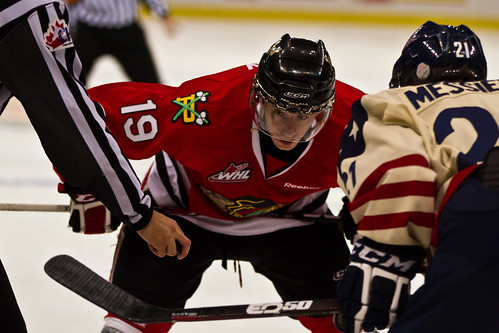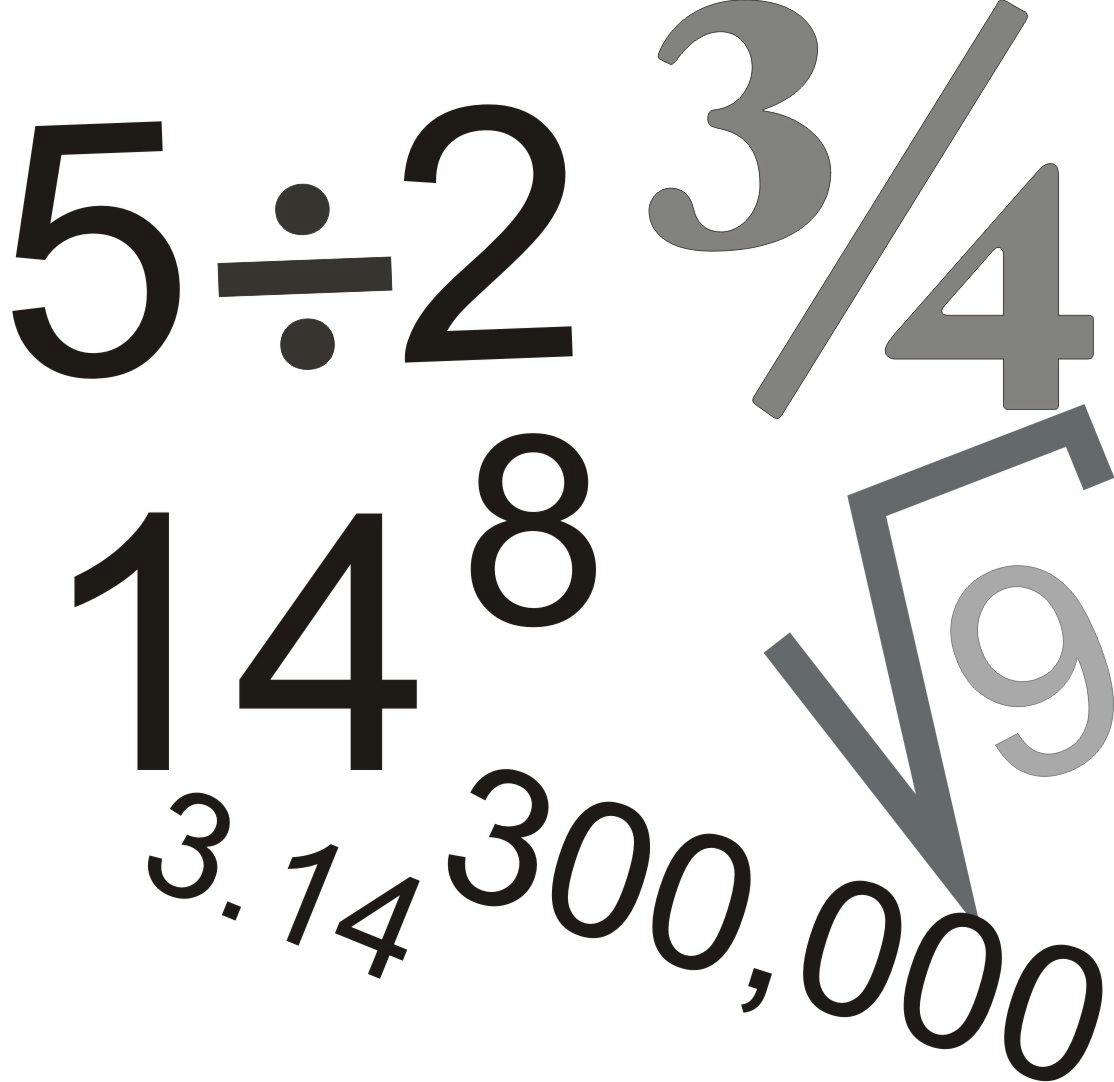Flames first round targets 2013: Nicolas Petan
By Kent Wilson
10 years ago
No draft eligible player scored more points in the CHL this year than the diminuitive Nicolas Petan. A member of Seth Jones’ dominant Portland Winterhawks and a linemate of Sven Baertschi’s ex-running mate Ty Rattie, Petan collected 120 points in 71 games to lead the WHL in scoring. Of course, Jonathan Drouin and a few others would have garnerd more points than Petan had they played as many games (Drouin managed 105 points in just 49 games, for instance), but Nic’s output is nevertheless highly impressive.
A 14-goal, 35-point player the year previous, Petan’s inability to jump beyond the late first round on most draft boards likely has as much to do with his sudden, unexpected point explosion as it does with his less than ideal size (5’9", 166 pounds). Guys who come out of nowhere to post giant point spikes on very good teams are rightly viewed with skepticism by scouts and such – there’s the non-trivial chance that a performance like that could be an aberration and not a true representation of a player’s abilities.
The Scouting Reports
That said, the descriptions of Petan tend to be overwhelmingly positive. Corey Pronman ranks Petan as the 32nd best prospect available and he says the little guy boasts a full suite of offensive tools:
He is a highly skilled individual, bleeding puck possession tools. He can make high level plays with the puck, be it in terms of controlling it, outmaneuvering opponents, or making top-end passes. He is a very creative, instinctive offensive player, showing a knack for turning normal plays into scoring chances. He has the pace to play in tight spaces. Petan is certainly a small player, but that helps him with shiftiness, as he is difficult to check in open ice. He possesses a nice first step, and he can move at an above-average level. He has a quality shot, and despite his size, he shows decent defensive ability. His diminutive stature (between 5’8" and 5’9") is his only glaring weakness, and overcoming it will be a challenge. Scouts have described him as feisty in terms of the effort and battle he displays.
Despite glowing reports on his skill and compete level and some of the best numbers in the Canadian Hockey League, Petan isn’t getting much attention as a high-end prospect.
As mentioned, he typically shows up around 25 or later on most draft lists. ISS has him at 26th while central scouting has him at 33rd amongst NA skaters. In fact, Petan didn’t even make NHLNumbers top-30 consensus ranks since so many scouting services had him somewhere in the second round.
Of course, skepticism with high scoring pip squeaks isn’t necessarily unwarranted. For instance, recent high scoring but tiny WHL graduates Jordan Weal and Brandon Kozun have gone on to be competent AHLers so far in their careers, but certainly don’t project to be future stars at the NHL level now that they have left the WHL. It’s tough to become a scorer in the show – it’s that much tougher if you’re small and not a freak of nature like Martin St. Louis or Theoren Fleury.
The other reason small guys get less love in scouting circles is they can’t be projected to fill any role other than scoring. So while some of the "bigger bodies" may be able to fill a variety of niches down the road (grinder, checker, two-way forward, etc), anyone standing 5’9" or less has to be a better than average top-6 producer to make the leap and stick.
The Numbers

Because of his incredible counting stats, Petan had the second highest NHLE amongst draft eligible skaters this year with 41.6. Only Drouin was ahead of him (51).
Of course, the other reason Petan hasn’t leapt to the top of the draft pile is because the Portland Winterhawks were such a juggernaut this season. They finished with a record of 57-12-1-2 and a goal differential of +165. No team in the WHL scored more goals than the Winterhawks this year (334), in fact scoring 6 or more goals in 23 of their regular season games. In fact, only one other club scored more than 300 (Kelowna Rockets).
So there’s a 99.9% chance Petan’s output was augmented by the quality of his club this year. To determine the effect of the ‘Hawks high end scoring, as well as his even strength and powerplay splits, I went through Petan’s regular season game sheets recently. The results are actually better than I anticipated:
%Team: 37.0%
%ES: 67.5%
%PP: 29.1%
Petan was in on a very high percentage of his teams goals and scored a majority of his points at even strength (81 of 120). Those are both strong indications the player was driving the bus rather than riding it, so to speak. Sean Monahan, for instance, was also key to his club’s attack, counting on about 40% of the 67’s offense. Of course, he also scored less than half of his points at 5on5, but was also saddled was a vastly inferior club.
Conclusion
Even if Petan’s points total was inflated by a great Portland squad, his offensive splits are some of the strongest I’ve seen amongst draft eligibiles I’ve looked at in this fashion, especially when talking about guys available late in the first round.
The assumed risk of taking smaller players reminds me of Greg Nemisz.
Nemisz played on a similarly powerful Windsor Spitfires in his draft year but only counted on about 25% of that club’s output. He was roundly considered a "safe" pick in 2008 when the Flames took him 25th overall because of his "big body" and potential utility at both ends of the ice.
The Buffalo Sabres took the much smaller Tyler Ennis one pick later that year. He led the Medicine Hat Tigers in scoring that year with 43 goals and 91 points. He has already played three seasons in the NHL and scored 30+ points in each of them so far (inculding the recent lock-out shortened year). Greg Nemisz, on the other hand, isn’t even all that useful at the AHL level and probably won’t be retained by the organization.
This little object lesson doesn’t necessarily guarantee that Petan will make the NHL over some of his bigger peers going forward, but it does show how ignoring talent because of size or assuming a player will be useful in the future because he’s bigger can be errors.
If the Flames keep their first rounder from Pittsburgh (28-30th), there’s a chance Petan will still be on the board. With good raw output and contextual numbers, there are likely much worse picks the team could make at the end the first round.
Flames First Round Targets
Recently Around the Nation
Over at Canucks Army, Thomas Drance discusses the Darren Dreger assertion that Roberto Luongo won’t report to the Canucks training camp if he isn’t traded this summer:
Of course Roberto Luongo has a "bad" contract (in that it’s a difficult contract to move, his performance is obviously full value for 5.33 million against the cap annually). But no matter how bad his deal is, that sordid piece of paper is at least tied to one of the two goaltenders in the NHL who consistently posts an elite even-strength save percentage season after season.
Elswhere, In his weekly thoughts article, Kevin McCartny of Jets Nation talks about the (non) relationship between winning and opponents size:
See a pattern? If we won against small teams more than large, we’d expect a line going from bottom left (bigger teams, lower win %) to top right (smaller teams, higher win %). If we lost more to small teams (say, because of speed), we’d expect the opposite line. I see… a blob. Yep, it’s a blob. We lost every game to the tiny Canadiens, and we lost 4 of 5 to the monstrous Capitals. In between, there doesn’t appear to be a relationship at all.
Recent articles from Kent Wilson





